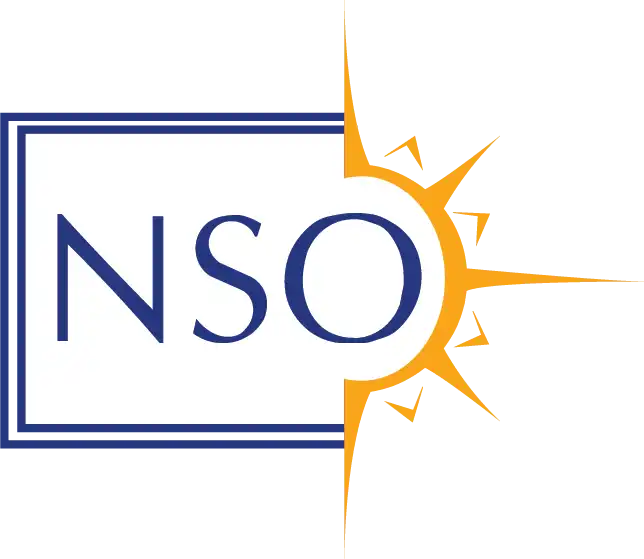Volcano Watch — Petrologists gather to discuss challenges and goals in understanding Kīlauea chemistry
Volcano Watch is a weekly article and activity update written by US Geological Survey Hawaiian Volcano Observatory scientists and affiliates. This week’s article is by University of Hawaiʻi at Mānoa graduate student Rose Gallo.

During the most active portion of their life cycle, called the shield stage, Hawaiian volcanoes erupt frequently and mostly produce a rock type called basalt. Basaltic lava flows formed during the shield stage make up the majority of the rock of the Hawaiian Islands. Kīlauea, one of the world’s most active volcanoes, is a modern example of a volcano in the shield-building stage.
Kīlauea primarily erupts basaltic lava flows during its frequent eruptions, such as the most recent brief eruption on June 3, 2024. In addition to being dominantly basalts, Kīlauea’s lavas are limited in their chemical makeup by a consistent and predictable pattern of mineral formation. Magmas entering the volcano deep beneath the surface have a narrow range of chemical compositions; with time, those compositions change cyclically. As magma is stored, first in the magma reservoirs beneath the summit caldera, and sometimes later in smaller magma reservoirs beneath the volcano’s rift zones, it cools and minerals begin to form.
Minerals—such as olivine, plagioclase, and pyroxenes—form from elements in the magma. The quantities of each element are relatively fixed as part of the mineral’s structure. When the minerals form, they deplete those elements from the remaining magma. Formation of the same minerals in the same order under similar conditions of temperature and pressure results in the generation of very similar magmas over time in Kīlauea’s magma chambers.
The consistent nature of lava chemistry at Kīlauea both helps and hinders us in understanding the volcano’s behavior. The predictability and limited range of magma compositions at Kīlauea allows for reliable forecasting of the style of future eruptions, and thus the associated hazards, compared to most other volcanoes.
The consistent pattern of chemical changes in Kīlauea’s magmas also provides a robust data set to validate tools designed to simulate the chemical behavior of magma. However, distinguishing between the deposits of past eruptions can be very difficult because of the limited variability in lava flow compositions. It can be challenging to answer questions such as: How many eruptions produced a particular set of lava flows? Did two lava flows formed at different times come from the same magma reservoir?
In May of this year, a group of volcano geochemists and petrologists (scientists who study the chemistry, textures, and origins of volcanic rocks) met in Hilo to discuss how to improve our understanding of magma storage and evolution at Kīlauea with these considerations in mind. The meeting, organized by Dr. Tom Shea from University of Hawaiʻi at Mānoa included USGS scientists as well as professors and graduate students from Hawaiʻi, Oregon, Washington, and France.
Participants shared information on the current state of knowledge at Kīlauea and about potentially useful techniques for chemical analysis of Kīlauea rocks. Some of the topics of the meeting included: 1) discussing how chemical elements that occur at very low concentrations in the earth could be used to identify similarities and differences between lavas, 2) comparing several types of scientific software used to model the pattern of lava compositions observed at Kīlauea and considering needed improvements, and 3) sharing methods for using the concentrations of elements and molecules such as water, carbon dioxide, and sulfur to make interpretations about the depths at which magma was stored before eruption.
Participants in the meeting also had the chance to observe Kīlauea’s volcanic features in Hawaiʻi Volcanoes National Park and the lower East Rift Zone. The combined workshop and field experiences led to productive discussions on future avenues of research in these areas. Just a couple of weeks after the workshop, Kīlauea erupted basaltic lava flows again and petrologists are eagerly examining the geochemistry and minerals in the new lava for clues about the magma’s journey.
Volcano Activity Updates
Kīlauea is not erupting. Its USGS Volcano Alert level is ADVISORY.
Following the June 3 eruption, magma has been repressurizing the storage system beneath Halemaʻumaʻu and the south caldera region, activating earthquakes in the upper East Rift Zone and in the caldera south of Halemaʻumaʻu. About 225 events occurred in this region over the past week, which is about half the number of the previous week. Inflationary ground deformation has also continued in the summit region. The most recent summit sulfur dioxide emission rate measured was approximately 50 tonnes per day on June 10, 2024. Currently, there are no signs of an imminent eruption, but changes can occur quickly, as can the potential for eruption.
Five earthquakes were reported felt in the Hawaiian Islands during the past week: a M3.1 earthquake 10 km (6 mi) NE of Pāhala at 31 km (19 mi) depth on June 16 at 12:08 p.m. HST, a M3.1 earthquake 15 km (9 mi) ESE of Nāʻālehu at 36 km (22 mi) depth on June 15 at 7:40 a.m. HST, a M3.3 earthquake 15 km (9 mi) ESE of Nāʻālehu at 36 km (22 mi) depth on June 15 at 3:31 a.m. HST, a M4.1 earthquake 15 km (9 mi) ESE of Nāʻālehu at 36 km (22 mi) depth on June 14 at 1:43 p.m. HST, and a M2.7 earthquake 14 km (8 mi) S of Fern Forest at 6 km (3 mi) depth on June 13 at 7:18 a.m. HST.
HVO continues to closely monitor Kīlauea and Maunaloa.
Please visit HVO’s website for past Volcano Watch articles, Kīlauea and Maunaloa updates, volcano photos, maps, recent earthquake information, and more. Email questions to askHVO@usgs.gov.









